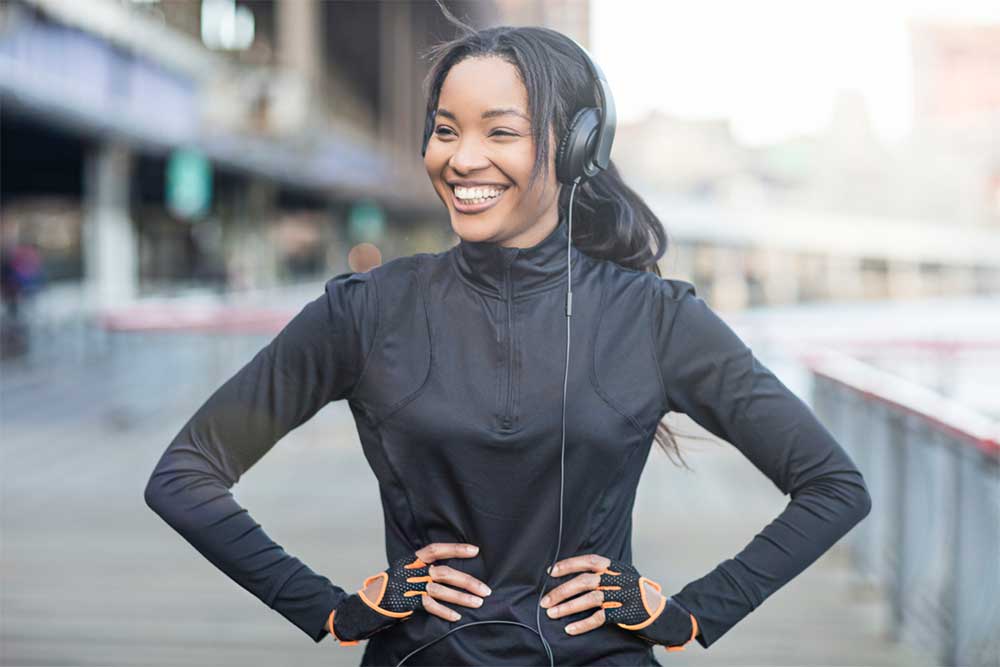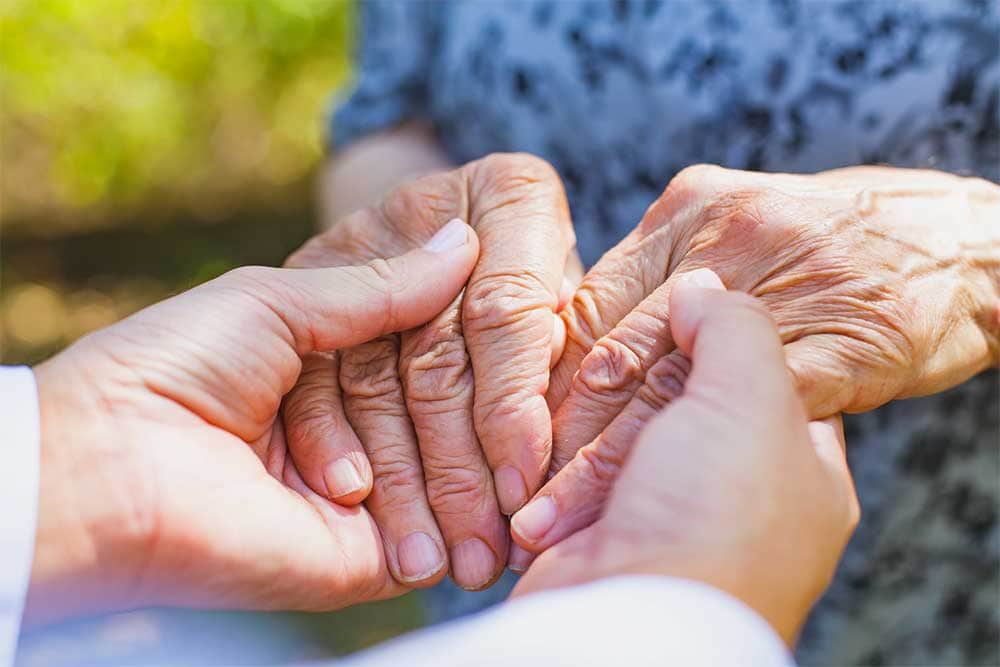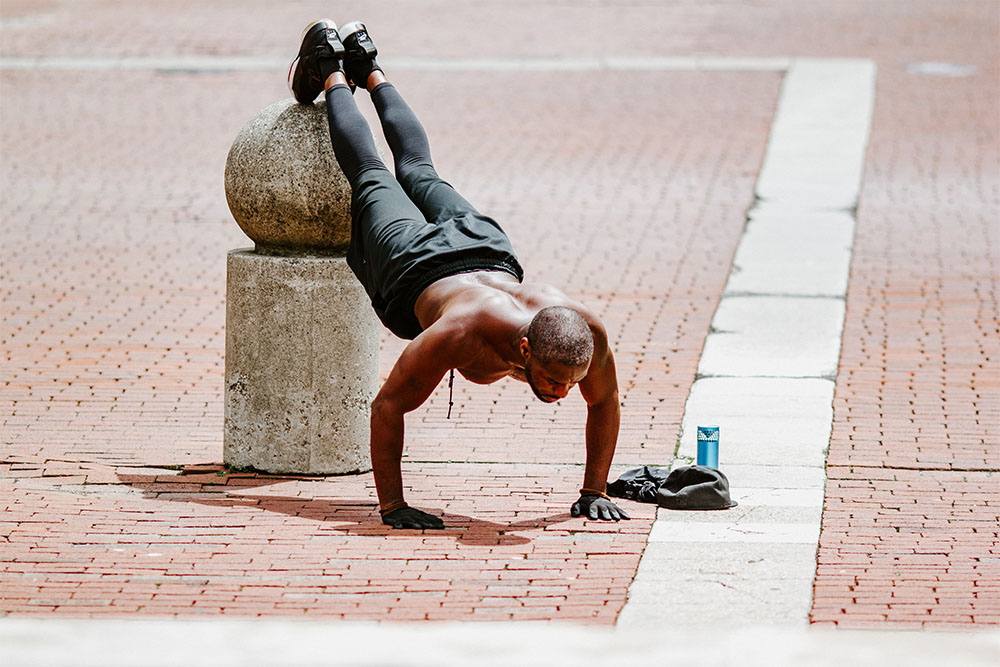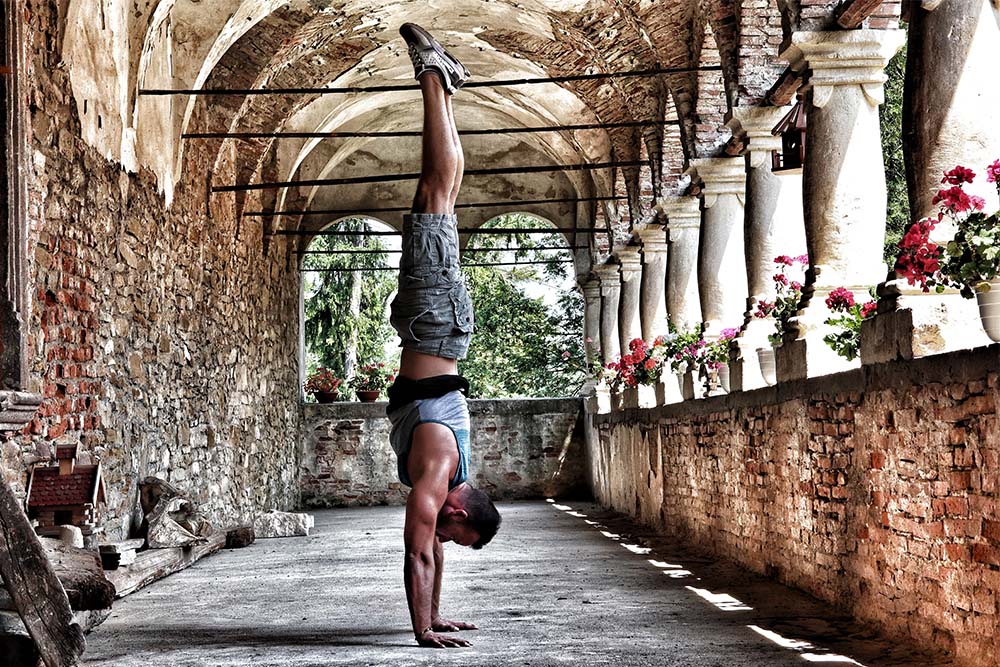Vestibular Migraines: Could Exercise Be The Answer?

Catherine O’Brien
My last article highlighted the inverse relationship between headaches and VO2 max levels such that individuals who experienced headaches regularly had, on average, lower VO2 peaks than their control counterparts. Perhaps one of the most interesting findings from Hagen and colleagues’ study was that this inverse relationship was present, even when controlling for fitness level.
As a reminder, VO2 max is a measure of cardiopulmonary fitness so, one would expect that physical fitness would be a contributing factor to one’s VO2 max. In most instances, this would indeed be the case. There are some other factors, however, that Hagen et al. propose to explain this finding. They proposed that, perhaps, genetics are responsible for the inverse relationship between VO2max and headaches. That is, it is possible that the genes that make an individual susceptible to headaches.
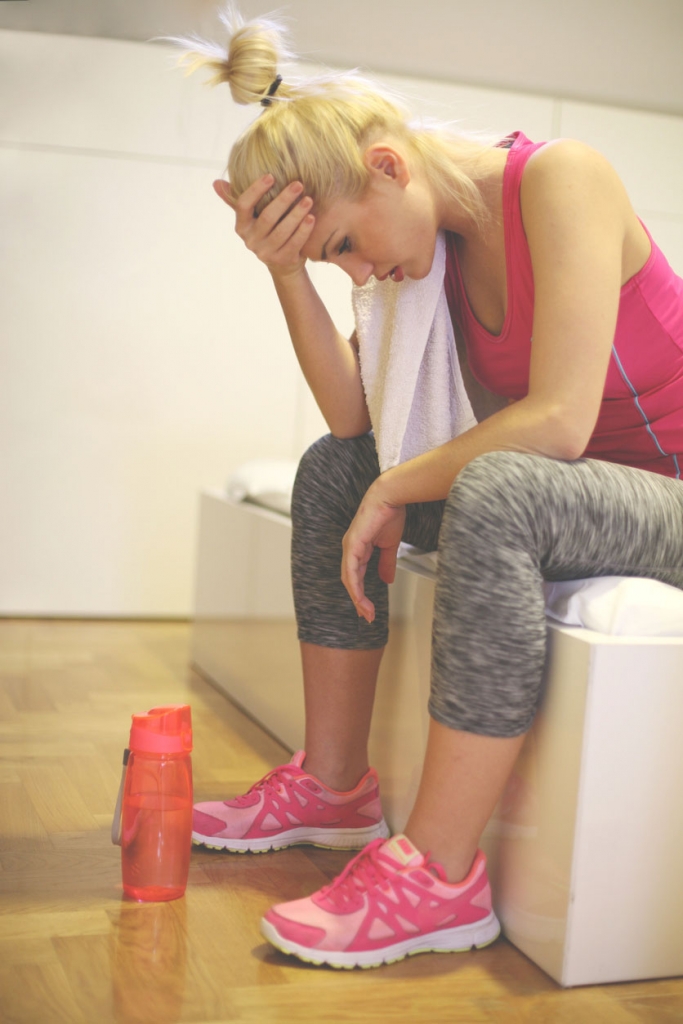 Vestibular Migraines
Vestibular Migraines
While some individuals indicate that physical exercise can act as a catalyst for their headaches there is some evidence to support that physical exercise may help remediate the headache symptoms. Coming off of my previous article, I was interested to investigate a chemical or gene related component associated with headaches. Fortunately, there is a wealth of research investigating chemical components of headaches.
In their work in the Brain Research Bulletin, Lee and colleagues investigated the role of an inflammatory cytokine in headaches. Specifically, they aimed to understand the role of cyclooxygenase-2 (COX-2) inflammation in vestibular migraines (VM).
Before diving into the study, there are two key definitions to be aware of.
Key Definitions:
- Cyclooxygenase -2 (COX-2): an enzyme that converts arachidonic acid to prostaglandin (PG). COX-2 is found at sites of inflammation and is over expressed in chronic and inflammatory diseases.
- Vestibular Migraine (VM): migraine characterized by vestibular symptoms (i.e. vertigo) and history of migraine headaches. VM is one of the most common causes of vertigo.
Related Article: 4 Exercises to Alleviate Headaches
The Study:
Participants were adults recruited from a rehabilitation and neurological institute who had been diagnosed with vestibular migraine (VM). Participants were excluded if they had diagnoses of basilar-type migraine, benign paroxysmal positional vertigo, transient ischemic attacks, vestibular paroxysmia, psychiatric dizziness, Meniere’s or recent head trauma. A control group was formed based on age and gender matched individuals who had no history of VM.
All participants were evaluated at baseline to record the average frequency and intensity of their headaches. The participants with VM underwent an exercise intervention involving low impact exercise for 20-minutes per day, three days a week. The intervention occurred over a 6-week period. Blood and plasma samples were obtained from each participant at the beginning and end of the 6-week intervention period. Samples were assayed for various interleukins and enzymes.
The Findings:
Given the role of COX-2 in inflammation, Lee and colleagues hypothesized that patients with VM would have higher levels of COX-2 compared to their healthy counterparts. In line with this hypothesis, analyses revealed that, indeed, VM participants had higher levels of COX-2 compared to the control. Their second hypothesis was that exercise would reduce COX-2 level. Once again, their results confirmed their hypothesis. In addition to improving symptoms of VM, the exercise intervention significantly reduced the increased expression of COX-2. The figure (A) below shows that VM participants had higher expression of COX-2 compared to controls but that VM + exercise led to a reduced expression of COX-2.
They also hypothesized that the level of COX-2 would be positively correlated with levels of pro-inflammatory cytokines like IL-1B, IL-2, IL-6, and IL-8. Analyses of blood and plasma revealed that indeed there was greater expression of these inflammatory cytokines in patients with VM and that the exercise regimen successfully down regulated this expression.
Related Article: A Trick To The Foundation Of Youth?
The Takeaway:
The findings of this study demonstrated that enzymes and cytokines associated with inflammation are expressed mores in individuals who experience vestibular migraine. This inflammation expression can be diminished, however, by consistent and low impact aerobic exercise. The exercise intervention successfully diminished expression of COX-2 and decreased symptoms of vestibular migraine. This is important because it demonstrates both a chemical and a physiological impact of exercise.
So what does this mean for you? If you or someone you know suffers from vestibular migraines, low impact and steady aerobic exercise like walking, hiking or jogging may provide therapeutic relief of the symptoms associated with VM. The findings of this research also point to a possible new direction for treatments for those for whom the current treatments on the market are ineffective. As Lee et al. put it the “manipulation of the COS-2 pathway seems to be a promising common pathophysiological target and may lead to the development of new therapeutic possibilities in the future” (p. 105). Of course, there is a need for continued research on VM as well as other types of headache so as to better understand and effectively treat these persistent health issues.
You Might Like:
Reduce Cigarette Cravings with Acute Exercise
Catherine O’Brien It is no secret that smoking is a major health hazard that significantly increases risk of cancer, heart disease, stroke and other health problems. That said, 20% of adult men and 16% of...Effects of Outdoor Exercise
Catherine O’Brien Why Does Exercising Outdoors Feel So Much Better? I have always been a proponent of outdoor exercise, particularly running. There is something so satisfying and therapeutic about the fresh air and the sound...Music – Your HIIT Recovery Secret Weapon
Catherine O’Brien The effects of music on exercise experience is a common theme throughout my articles. I am always interested in the relationship between music and physical activity and how music can alter an exercise...Vestibular Migraines: Could Exercise Be The Answer?
Catherine O’Brien My last article highlighted the inverse relationship between headaches and VO2 max levels such that individuals who experienced headaches regularly had, on average, lower VO2 peaks than their control counterparts. Perhaps one of...Which Is Better For The Brain – Long Duration Or Short High Intensity Exercise?
Catherine O’Brien High intensity interval training (HIIT) is a form of exercise that utilizes “repeated bouts of short-to-moderate duration exercise at an intensity of 85-90% of peak oxygen uptake or 90-95% of peak heart rate...3 Strength Exercises For Individuals With Essential Tremor
Catherine O’Brien Essential tremor (ET) is a neurological disorder characterized by involuntary and rhythmic shaking. Typically, tremors occur in upper extremities such as the hands but tremors can exist in other body parts as well...References:
Lee, Y-Y., Yang, Y-P., Huang, P-I., Li, W-C., Huang, M-C., Kao, C-L., Chen, Y-J., and Chen, M-T. (2015). Exercise suppresses COX-2 pro-inflammatory pathway in vestibular migraine. Brain Research Bulletin, 116, 98-105.




